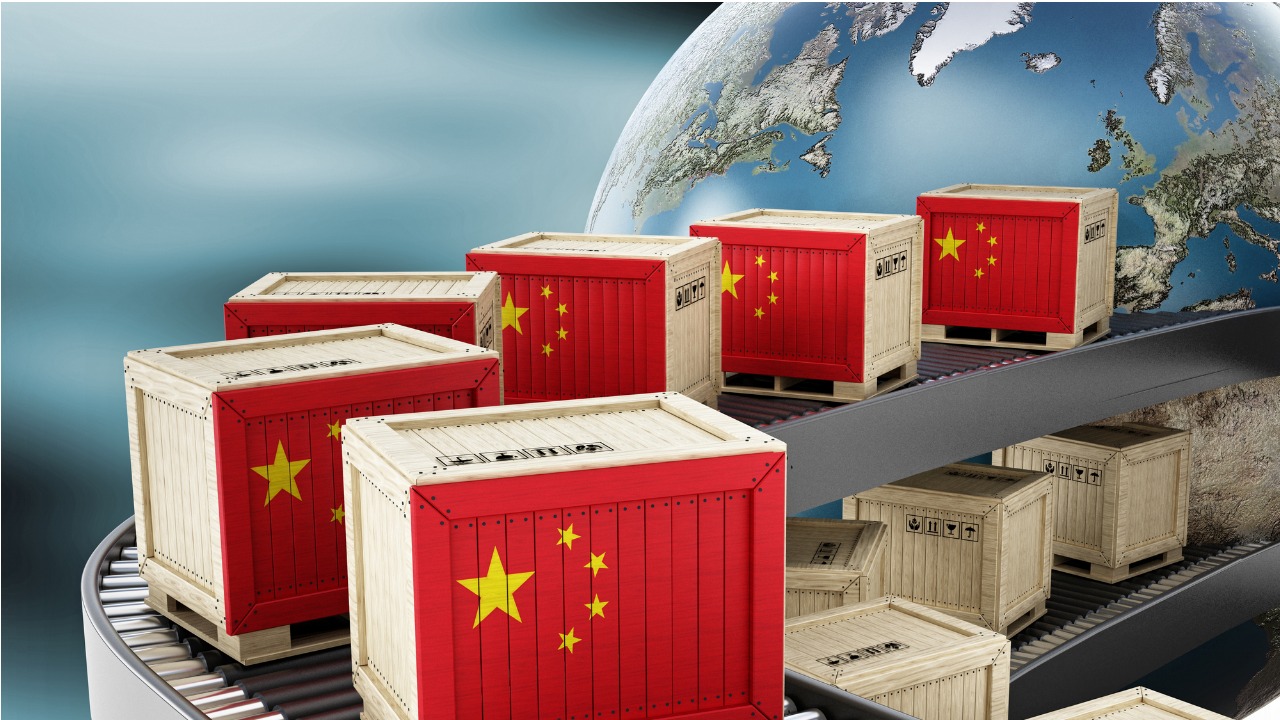Dong Xiaoping, the de facto leader of the People’s Republic of China from 1978 to the early 1990s, introduced a “free market” concept to China with his December 1978 Open Door Policy. Dong’s pioneering pro-market reforms drew in foreign investment through tax incentives, expansion opportunities, low-cost inputs, and generally foreign friendly regulation. His reforms gave other nations cost-effective access to the world’s largest and youngest workforce. Over the next 40 years China would lift 800 million of its people out of poverty and become the world’s largest manufacturer and exporter of goods.
That decades-long history of economic growth began to change as Xi Jinping took leadership of the Communist Party in 2012 and then was elected president of the People’s Republic in 2013. Xi’s fixation on control slowly bled into China’s economic development and independently run local governments, and eroded trillions of dollars of productivity from a once vibrant and bustling private sector. Consolidating power within the State, retaining control by eliminating terms limits, and filling official posts with cronies, Xi’s party has reasserted itself in all aspects of life, including the economy.
Xi’s slowing economy
“The price and speed at which China was able to produce goods started to slow as the country’s population grew and its presence on a global stage drew attention around environmental and wage regulations,” wrote Forbes in a September 18, 2020, online posting. Next, a global trade war spurred on by the Trump Administration in 2019, which intended to force China to change its accused practices of intellectual property theft, escalated tariffs from 10 percent to 25 percent on an estimated $200 billion of Chinese goods. The U.S. pressured other countries to decrease their reliance on China’s manufacturing exports as well, the cumulative result being a $25 billion decline in Chinese exports.
Then came Xi’s “zero-COVID” policy resulting in widespread and lengthy shutdowns, further slowing the world’s largest manufacturer. The tariffs and tensions also led to the “decoupling” of China’s and the U.S.’s technology ecosystems. Three years of zero-COVID policy have taken their toll on China’s economic prowess, with some economists predicting a 2022 GDP growth of as little as 2.7 percent.
China’s manufacturing disruption created a global supply chain crisis, and companies began rethinking and rerouting their supply chains. Multinationals began moving manufacturing to friendlier shores, seeking to ease concerns over being caught in a geopolitical line of fire. A wave—it is more like a sea change—of anti-globalization has many nations, including the U.S., looking to enhance their own manufacturing of key components and products, such as microchips. And Xi’s policies, including his aggressive military stance on Taiwan, have made doing business in China even less predictable.
Moreover, China’s demise has been a boom for countries in South Central and Southeast Asia who are enjoying a sustained period of robust growth. Those countries with relatively stable governments have welcomed the economic commerce. Countries offering specialty niches include:
- Vietnam for apparel and phones
- Thailand for automobiles and packaged goods
- Indonesia for machinery and petrochemicals
- Singapore for semiconductors and biopharmaceuticals
- India for various exports and services
Why it matters to your portfolio
More than ever investors need a reasonably diversified portfolio, including access to the different stages in countries’ economic life cycles, particularly their growth stages. China and India accounted for almost two-thirds of the world’s GDP over the last 15 years, and you would have missed out had you not had exposure to China in those years of exponential growth. As the world’s economies continue to evolve, pivoting around deglobalization and nationalism, and reshaping the what, where, and how of sourcing, you need financial advisors who are knowledgeable in world trends for the kind of portfolio diversification and balance that cannot be achieved through an ETF or a robo advisor.
IMPORTANT DISCLOSURES
The information included in this document is for general, informational purposes only. It does not contain any investment advice and does not address any individual facts and circumstances. As such, it cannot be relied on as providing any investment advice. If you would like investment advice regarding your specific facts and circumstances, please contact a qualified financial advisor.
Any investment involves some degree of risk, and different types of investments involve varying degrees of risk, including loss of principal. It should not be assumed that future performance of any specific investment, strategy or allocation (including those recommended by HBKS® Wealth Advisors) will be profitable or equal the corresponding indicated or intended results or performance level(s). Past performance of any security, indices, strategy or allocation may not be indicative of future results.
The historical and current information as to rules, laws, guidelines or benefits contained in this document is a summary of information obtained from or prepared by other sources. It has not been independently verified, but was obtained from sources believed to be reliable. HBKS® Wealth Advisors does not guarantee the accuracy of this information and does not assume liability for any errors in information obtained from or prepared by these other sources.
HBKS® Wealth Advisors is not a legal or accounting firm, and does not render legal, accounting or tax advice. You should contact an attorney or CPA if you wish to receive legal, accounting or tax advice.
